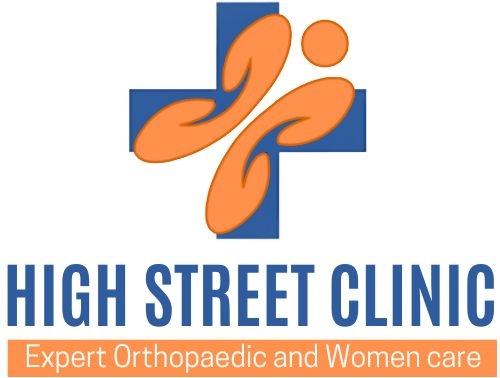ACL & Meniscus Injury

The ACL is located centrally within the knee behind the kneecap, making it difficult to specifically localize the injury. The most common mechanism of injury is a knee hyperextension with a twist.
MCL tears commonly cause knee pain and tenderness along the inner side of the knee. Meniscus tears may produce a popping sensation, locking or catching of the knee, and difficulty straightening the leg.
The Anterior Cruciate Ligament (ACL) is one of the key ligaments that help stabilize the knee joint. The meniscus is a piece of cartilage that provides a cushion between the femur (thigh bone) and tibia (shin bone).
Causes:
- ACL injuries are often caused by sports that involve sudden stops, jumps, or changes in direction such as soccer, basketball, and skiing.
- Meniscus injuries can occur from any activity that causes you to forcefully twist or rotate your knee, especially when putting your full weight on it.
Symptoms:
- ACL: A loud “pop” sound or feeling in the knee, severe pain, rapid swelling, loss of range of motion, and instability.
- Meniscus: Pain, swelling, stiffness, difficulty bending and straightening the leg, feeling that the knee is locked in place when trying to move it.
Diagnosis:
- Physical examination (Lachman test, pivot shift test for ACL; McMurray test for meniscus).
- Imaging tests: MRI is the gold standard for visualizing soft tissue injuries; X-rays may be used to rule out bone fractures.
Treatment Options:
- Conservative (for minor injuries): Rest, Ice, Compression, Elevation (RICE), nonsteroidal anti-inflammatory drugs (NSAIDs), physical therapy.
- Surgical: Arthroscopic surgery for ACL reconstruction or meniscus repair/removal.
Prevention Tips:
- Strengthening exercises for quadriceps and hamstrings.
- Proper warm-up and stretching.
- Using proper techniques and equipment in sports.
- Balance and agility training.
